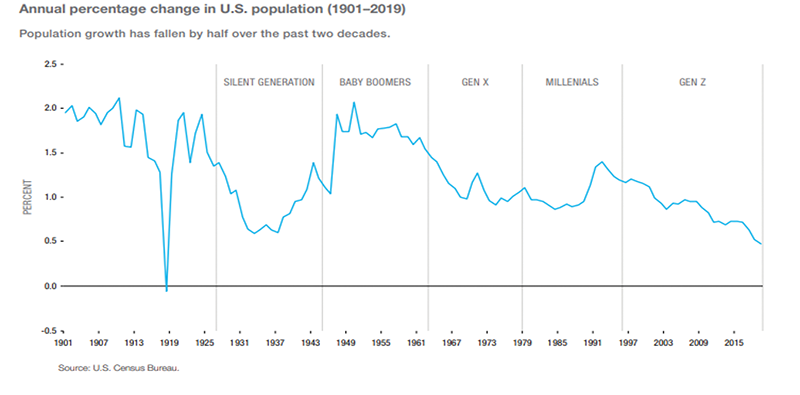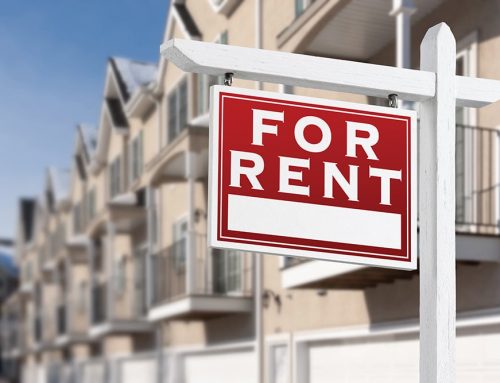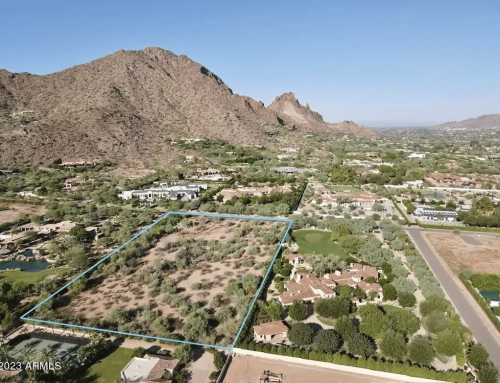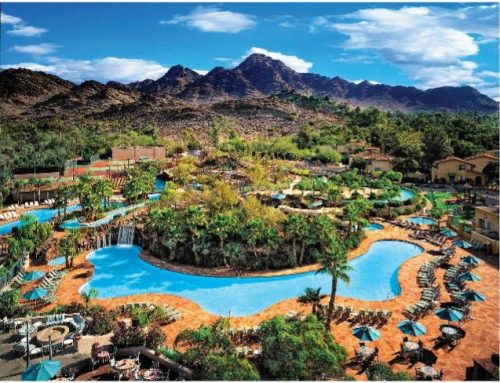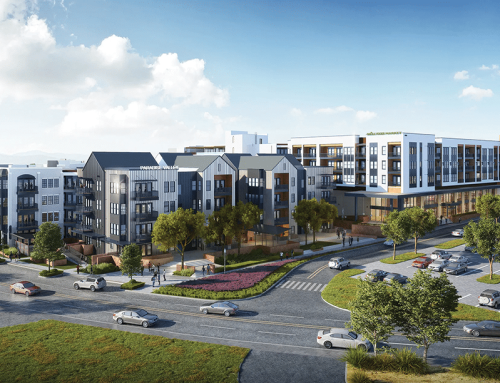By Louisa Ward, Realtor
Talk to almost anyone in America about surging home prices and you’ll come around to the trillion-dollar question: Are we in a housing bubble? The answer is that we are in a housing shortage, not bubble.
Most Economists Forecast a Continued Strong Sellers’ Market
In the long run, the party won’t go on forever, but it will absolutely go on for the next five to 10 years. “Millennials are driving the housing market, and even Gen X and Baby Boomers are looking for places to live—so that’s all healthy demand,” says Ralph McLaughlin, chief economist at Kukun, a real estate analytics company, in a recent “Forbes” article.
Demand for homes doesn’t look great beyond 2039 because birth rates are falling, and the older Baby Boomers (1945-1955) and Silent Generation (1925-1945) are dying.
Analyst Who Predicted Housing Crisis Rings Warning Bell Again
Ivy Zelman, an analyst who predicted the 2008 housing crisis as early as 2005 worries that there won’t be enough people in the near future to buy all the houses we’re building. Falling fertility rates, and aging population, are the main drivers of a declining population and new household formation.
If the population decreases, then the future housing demand will likely be much less. The senior population, the Baby Boomers and Silent Generation, are a large sector, and when today’s children grow up to be old enough to live on their own, the senior population will be greatly reduced due to deaths in this large sector. Therefore, the number of future adults needing housing will be much lower.
The chart on this page shows the high percentage of population in the Baby Boomers and how population growth has been declining since.
Did you know that, in 1950, women were having an average of 4.7 children in their lifetime? The fertility rate, the average number of children a woman gives birth to, is falling. If the number falls below approximately 2.1, then the size of the population starts to fall.
First, many initial Baby Boomer deaths will occur to married couples, leaving the surviving spouse to continue to head a household. Many deaths will also occur to people who do not head a household, but rather live in a household headed by children or other relatives, or in assisted living or nursing facilities. Even though this will be a decrease in population spread out over many decades, the rate of natural increase (births minus deaths) is projected to fall dramatically.
North 32nd Community Statistics
Demographics of 85028
Population: 19,276
Baby Boomer and older: 7,295 (38% of population)
Number of Households: 7,992
Average Household Size: 2.4 people
Percentage of households with children: 20.7%
Demographics of 85032
Population: 70,008
Baby Boomer and older: 15,101 (22% of population)
Number of Households: 26,632
Average House Size: 2.60 people
Percentage of households with children: 27.8%
In the next few decades, up to 38% of the population in North 32nd will be put back into the housing supply due to Baby Boomer and Silent Generation deaths.
Louisa Ward is a senior partner at My Az Realty Team and RE/MAX Excalibur. She is part of the Top 2 percent of Realtors in Phoenix and Scottsdale with 25 years of experience. Louisa is also an active member of the North 32nd community, serving as a local real estate expert, member of the PV Village Planning Committee, and a Mountain Preserve Block Watch leader. To learn more, visit MyAZRealtyTeam.com, call 602-769-6699, or e-mail [email protected].

